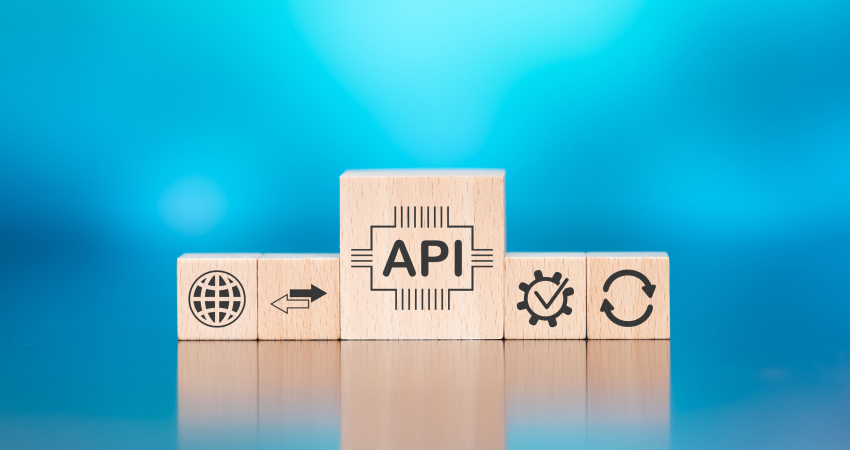The WordPress REST API has transformed the way developers interact with and extend the functionality of WordPress websites. With its robust set of endpoints, the REST API allows for seamless integration between WordPress and external applications, making it easier to create interactive and dynamic web experiences. In this in-depth exploration, we will delve into the intricacies of the WordPress REST API, its features, benefits, and practical use cases.
The WordPress REST API is an application programming interface that enables developers to access and manipulate WordPress content, data, and functionality using standard HTTP methods. It provides a standardized way of interacting with WordPress, allowing developers to read, create, update, and delete various entities such as posts, pages, users, and media.
One of the key advantages of the WordPress REST API is its ability to facilitate headless or decoupled WordPress setups. Traditionally, WordPress has been tightly coupled with its frontend theme, where the frontend and backend are interconnected. However, with the REST API, developers can create separate frontend applications using different technologies (such as JavaScript frameworks like React or Angular) that communicate with the WordPress backend via API calls. This decoupled approach provides greater flexibility and enables developers to build highly interactive and performant web experiences.
The REST API follows the principles of Representational State Transfer (REST), which means it leverages standard HTTP methods and status codes for CRUD (Create, Read, Update, Delete) operations. It uses simple and intuitive endpoints to interact with WordPress, such as /wp-json/wp/v2/posts to retrieve a list of posts or /wp-json/wp/v2/posts/{id} to retrieve a specific post by its ID. These endpoints can be extended or customized to suit specific needs, allowing developers to create their own custom routes and endpoints to interact with custom post types, taxonomies, or plugin functionality.
Another significant feature of the WordPress REST API is its support for authentication and user roles. It provides various authentication methods, including cookie-based authentication, token-based authentication using JSON Web Tokens (JWT), and OAuth 1.0a and 2.0. This enables developers to implement secure and controlled access to WordPress resources based on user roles and permissions.
The benefits of leveraging the WordPress REST API are numerous. Firstly, it enables seamless integration between WordPress and other applications or platforms. Developers can use the REST API to fetch WordPress content and display it in mobile apps, external websites, or even create custom dashboards and interfaces. This opens up endless possibilities for content syndication, third-party integrations, and multi-platform publishing.
Additionally, the REST API empowers developers to build custom functionality and workflows by interacting with WordPress programmatically. They can create, update, and delete posts, pages, and other content types, as well as manage users and media, all through API calls. This level of control allows for automation, bulk operations, and the development of tailored solutions that align with specific business requirements.
The WordPress REST API has also fueled the growth of the WordPress ecosystem by encouraging the development of new plugins, themes, and applications. Plugin developers can leverage the REST API to extend the capabilities of WordPress, interact with third-party services, or create custom endpoints for their plugin functionality. Theme developers can create modern, dynamic, and interactive frontends using JavaScript frameworks while leveraging the REST API to fetch and display WordPress content.
Practical use cases for the WordPress REST API are diverse and wide-ranging. E-commerce applications can integrate with the REST API to create custom shopping experiences, retrieve product information, and process orders. Mobile app developers can utilize the REST API to build native or hybrid applications that fetch and display WordPress content. Content publishers can syndicate their content to external platforms, social media channels, or email marketing tools by leveraging the REST API’s capabilities.
In conclusion, the WordPress REST API has revolutionized the way developers interact with WordPress, enabling seamless integration, decoupled architecture, and customized functionality. By leveraging its powerful endpoints, authentication methods, and support for user roles, developers can extend WordPress beyond its traditional boundaries and create interactive, dynamic, and tailored web experiences. The REST API has opened up a new realm of possibilities for WordPress development, allowing for innovative applications, streamlined workflows, and enhanced integration with other platforms and technologies.

